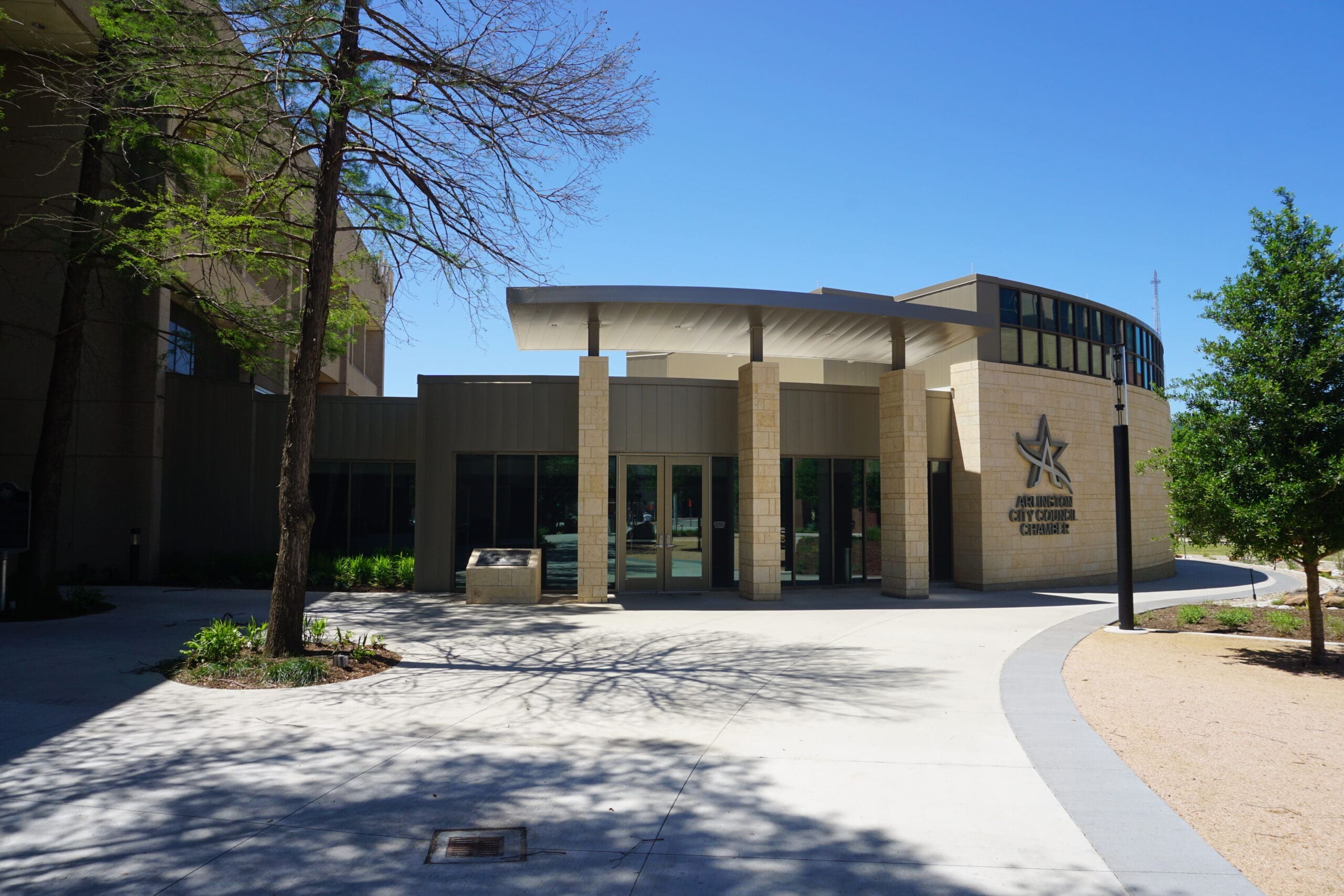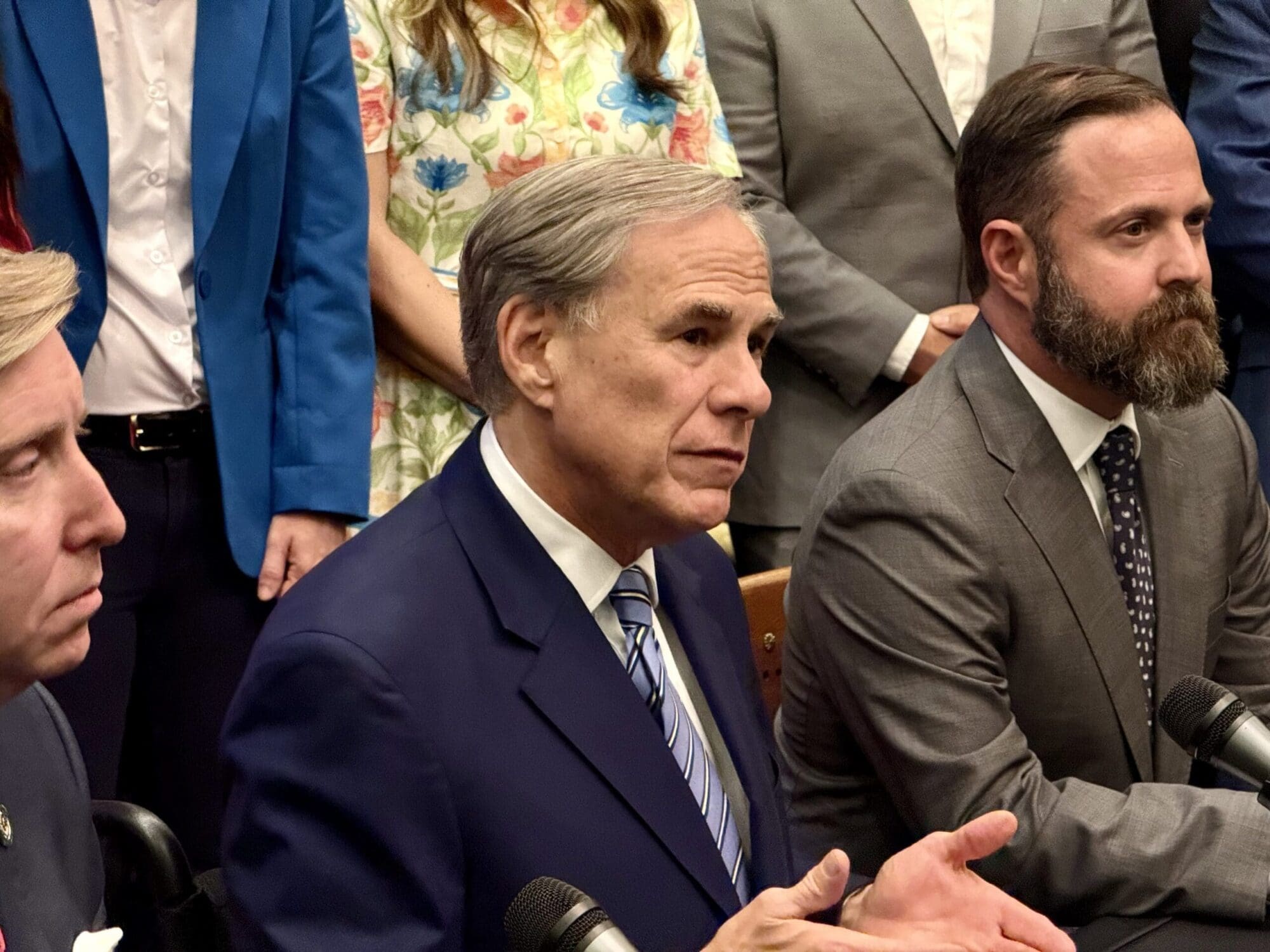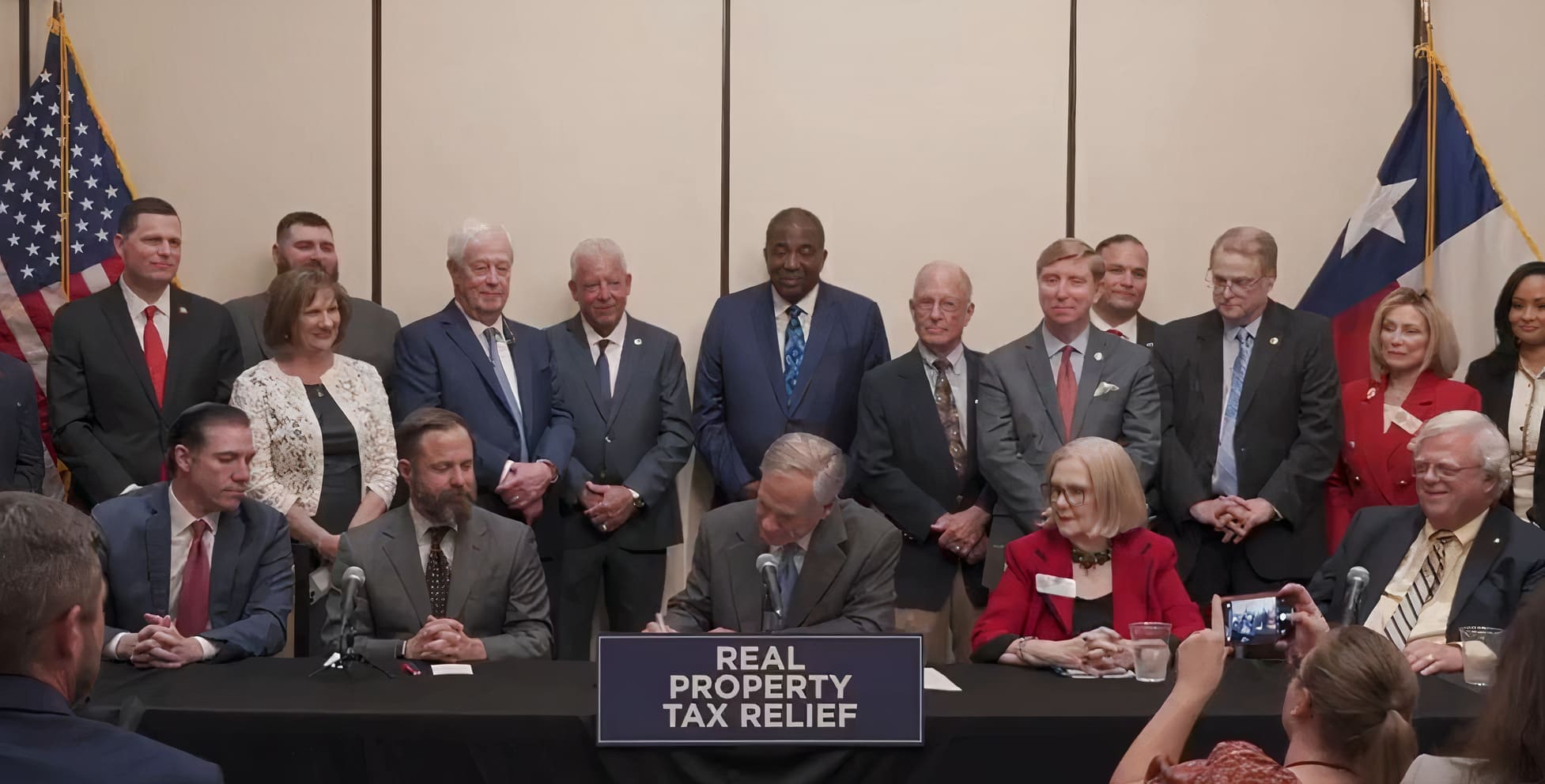It sounds so harmless, doesn’t it – giving counties the authority to create reinvestment zones where there is currently blight. That’s the gist of one Texas constitutional amendment, Proposition 4, on the November 8 ballot. This amendment is a bigger concern than it might first appear, and to determine why that is, a little time-travel is necessary.
Back in 2009, Texans for Fiscal Responsibility was one of the organizations opposed to what was popularly known as the Texas Local Option Transportation Act (TLOTA). This was an effort by Rep. Vicki Truitt and Sen. John Carona to give specific counties the ability to create new taxes and fees specifically to pay for transportation infrastructure projects – most notably, light-rail. Some governmental entities put off decisions to raise sales taxes to pay for transportation projects, expecting that the Legislature would give them other avenues for taxation. Universities got in the lobbying mix, as did other taxpayer-funded entities, and a rally was even held on the Capitol steps (the first one to actively ask for tax hikes – two years before Occupy, can you imagine?). Despite the best efforts of gleeful tax-and-spenders, TLOTA did not manifest into existence.
Fast forward to 2011. This time around, TLOTA supporters got more creative, going around the Transportation committees altogether and instead straight to Ways & Means with a statutory and constitutional change to grant counties authority to create transportation reinvestment zones. There was an effort to stop this on the floor in the House, though on third reading the opposition dried up, and HJR 63 got enough support to go to the voters.
The way this would work is pretty complicated. Counties would be given the authority to declare some property “blighted,” a power currently only given to cities (mostly because blighted property doesn’t often exist outside city limits). A portion of existing tax revenue could then be spent within the zone only, with a focus on transportation projects. A baseline tax year for revenue is created (say 2010 for reference), and all revenue from within the geographic zone that comes in above the 2010 tax year would be automatically reinvested into infrastructure projects within the zone. Over time, that amount really adds up. Once the highway or other project is built, the idea is that the value goes up, and appraisals for commercial property within the zone will skyrocket (and remember, there is no cap on commercial appraisals). The additional, new tax revenue would be used then to match local money with state money to finance pass-through toll projects. Indirectly, local property tax revenue would then be used to build toll roads – and this is money that would be perpetually earmarked for these hyperlocal projects only.
New bonding authority for counties is included here, as they may use existing tax revenue to guarantee bonds for building transportation projects – meaning that counties could go into debt to pay for these things. They could either use bonds to access the full amount immediately, or use it to incrementally increase maintenance and operation expenses. Seeing a pattern here?
The witness list for HJR 63 is especially enlightening. It reads like a who’s who of former TLOTA proponents, with the biggest support coming once again from Tarrant County. It’s also important to note that there is nothing in the language that limits what the tax revenue or bonds could be used for precisely – toll roads are the obvious use, but light rail is completely within the bounds.
This is an effort to divert property tax money away from general revenue and bottle it up for potentially controversial projects. Counties don’t have this authority currently, and since counties are political subdivisions of the state, the state has to grant constitutional authority. Once again, we’re fighting tax increases on the front – if Proposition 4 passes, it will be up to citizens at the local level to remain hyper-vigilant enough and savvy enough to know when the county wishes to approve the creation of a transportation reinvestment zone (such creation would not have to be approved by voters). A constitutional amendment of this nature IS local control – it is the very essence of such, and a “no” vote on Proposition 4 could prevent a lot of bad government, local debt, and problematic “solutions” to transportation problems from taking place. TLOTA was a bad idea in 2009, and it is even worse in 2011.



